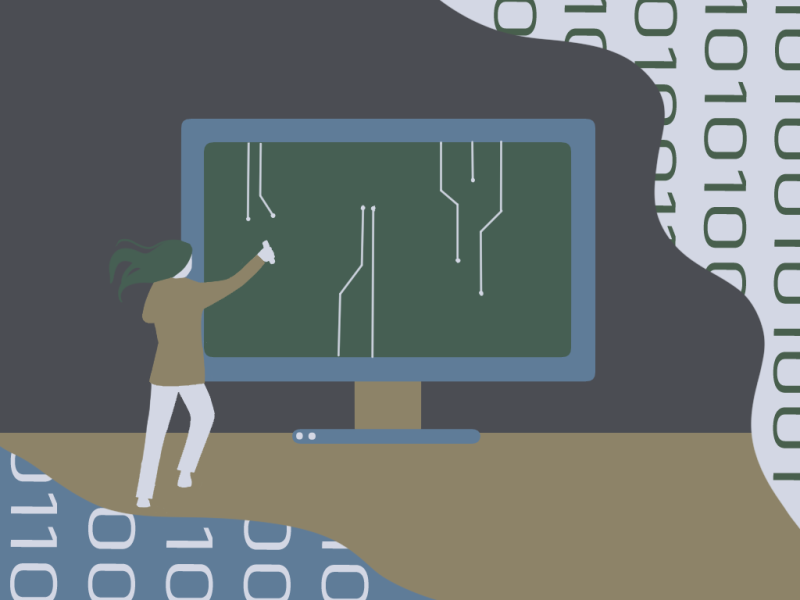Code in Place will begin its second run this spring, providing the opportunity for anyone across the world to learn the basics of coding. The application is open to anyone over the age of 18 with computer access, and selected participants will learn the coding language Python.
Computer science professors Chris Piech ’10 M.S. ’11 Ph.D. ’16 and Mehran Sahami ’92 M.S. ’93 Ph.D. ’99 founded the program — a shortened, publicly-available version of Stanford’s popular introductory computer science course “CS 106A: Programming Methodology” — last spring to bring people together and expand access to introductory computer science education during the beginning of the pandemic.
“Since we’re educators, we thought that providing free computing education might help people learn a new skill – one that might also open the door to new career opportunities that could be done remotely,” Sahami wrote in an email. Last year, over 10,000 students and 908 section leaders participated in the program, according to Sahami.
This year’s Code in Place will run from April 19 to May 28 and bring on a third instructor, computer science senior lecturer Julie Zelenski ’89 M.S. ’96. Code in Place has no prerequisites. If selected to join the five-week course, students will participate in weekly lectures supplemented by discussion sections and complete four programming assignments to practice their skills.
Enrolled students will join “sections,” weekly forty-minute small group meetings of approximately twelve people to reiterate concepts and material from lectures during the program, led by volunteer section leaders. Piech wrote that the program is modeled off of introductory computer science courses at Stanford, which allow undergraduates to teach as section leaders. He added that this structure gives students the opportunity to learn in a more personal environment while also giving section leaders the opportunity for professional development.
“Our section leaders from 2020 were wonderful, uplifting and inspiring to their students,” Piech wrote. “It was a beautiful symbiotic experience: section leaders got professional development, students got an amazing human-centered experience.”
Code in Place was a similarly fulfilling experience for volunteer section leaders, according to Jose Francisco ’21 M.S., a section leader for the 2020 program. It was “a great way to bond with people around the world who were facing similar COVID struggles, but also were eager to learn CS.”
Former section leader Roshan Swaroop ’23 said that he was especially inspired by one of his students who worked full time as a mechanic while attending class and completed problem sets each week after work.
Swaroop said he was impressed that the student was able to work a labor-intensive job and find the time to take a step to transition into a new career during a pandemic. Swaroop also noted that “he passed with flying colors.”
“You get to empower people to learn a new skill that is so in demand,” Swaroop said. “As a teacher, seeing people gain that agency is really fulfilling.”
Anna Mistele ’23, a Daily satire writer and former Code in Place section leader, went on to lead CS 106A in the fall. Mistele described the program as “a big experiment” and wrote that its success makes her “optimistic about the future of computer science education.”
Section leaders created positive relationships with last year’s students, which elevated the level of instruction and resulted in a supportive and positive community, according to Sahami. “Some of the stories from students in the class and the appreciation they showed for the experience were deeply moving,” he wrote.
Piech and Sahami shared that they hope to build on the inaugural program to improve the quality of instruction this year. Sahmani wrote that they are “learning more each time about how to deliver high-quality education at scale.”
From the student perspective, Francisco added that Code in Place “didn’t feel like work at all.” He said it “was not just rewarding, but it was also a sweet escape.” Similarly, Piech wrote that Code in Place “was genuinely one of my favorite experiences of my life.”
Piech encouraged Stanford students to join the programs as section leaders, writing that they “would make a great difference in 12 students’ lives” and “get a rather unique chance to get to teach!”
Applications for section leaders close March 28 and for students on April 8.
